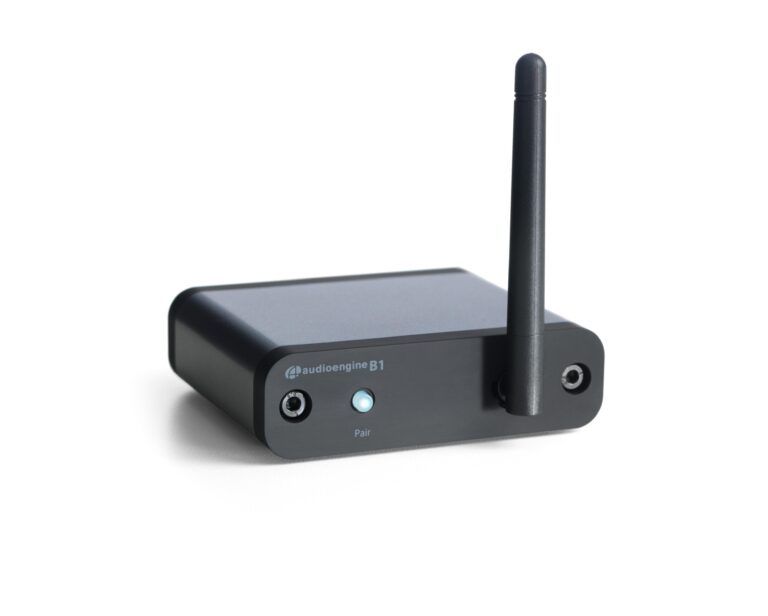How Does Stars-923 Explore Distant Star Systems?
Stars-923 is an initiative in space exploration that has captured the attention of scientists, engineers, and space enthusiasts worldwide. This article delves into the origins, objectives, technological advancements, and the potential impact of this mission on our understanding of the universe.
Origins and Vision
It emerged from a collaborative effort involving multiple space agencies, including NASA, ESA (European Space Agency), and private aerospace companies like SpaceX. The project was conceptualized in 2022 as part of a broader effort to advance deep-space exploration. The name “Stars-923” is symbolic, with “Stars” representing the project’s focus on celestial bodies and “923” signifying the number of distinct objectives it aims to achieve over its planned 15-year mission.
The primary goal is to explore distant star systems that have remained largely unexplored. By investigating these systems, the mission aims to gather data that could redefine our understanding of star formation, planetary systems, and the potential for life beyond Earth.
Technological Innovations
Its mission has state-of-the-art technology that sets it apart from previous space missions.
- It deploys a new generation of more miniature, energy-efficient space probes with advanced ion propulsion technology.
- It probes equipped with high-resolution telescopic cameras, spectrometers, and AI-driven data analysis systems.
- Captures detailed images and spectra of distant stars and exoplanets, providing insights into their composition, atmospheres, and habitability.
- Implements quantum communication technology for secure and instantaneous data transmission between probes and Earth, overcoming traditional radio communication limitations
Mission Objectives
This mission has outlined ambitious objectives to revolutionize our understanding of the cosmos. These objectives include:
-
Mapping Distant Star Systems:
The primary aim is to create detailed maps of star systems up to 500 light-years from Earth. These maps will provide critical data on the distribution of stars, planets, and celestial bodies within these systems.
-
Investigating Exoplanet Habitability:
It aims to identify and study exoplanets that may have conditions suitable for life. By analyzing these planets’ atmospheres, temperatures, and chemical compositions, scientists hope to uncover clues about the potential for life beyond our solar system.
-
Studying Star Formation:
The mission will focus on regions of space where stars are actively forming. By observing these processes in real time, researchers can gain a deeper understanding of the factors that influence star formation and the evolution of star systems.
-
Testing Quantum Communication:
As the first mission to use quantum communication, it will serve as a testbed for this technology. Success in this area could pave the way for future missions that rely on quantum communication for faster and more secure data transmission.
-
Exploring Dark Matter:
One of the most enigmatic aspects of the universe is dark matter. This mission will attempt to detect and study dark matter within the star systems it explores, potentially offering new insights into this mysterious substance.
Potential Impact on Space Exploration
The mission has the potential to significantly impact the future of space exploration and our understanding of the universe. By mapping distant star systems and investigating the habitability of exoplanets, the mission could bring humanity closer to answering one of the most profound questions: Are we alone in the universe? Some impacts are hereunder:
- Understanding dark matter distribution could lead to advancements in physics and cosmology.
- Quantum communication technology may revolutionize data transmission over vast distances.
- Findings on star formation could inform new models for predicting star life cycles and galaxy evolution.
- The success of this mission could inspire a new generation of space missions.
- Quantum communication could become the standard for future deep-space missions, enabling faster and more reliable communication.
- Focus on exoplanet habitability may lead to targeted missions exploring planets identified as potential candidates for life.
Challenges and Future Prospects
Despite its promising potential, the mission faces several challenges. The vast distances involved in exploring distant star systems present significant technical and logistical hurdles. The probes must be able to operate autonomously for extended periods, as the sheer distance will delay communication with Earth. Additionally, while innovative, the mission’s reliance on quantum communication is still in its early stages, and unforeseen issues could arise.
Another challenge is the mission’s duration. With a planned 15-year timeline, maintaining the probes and ensuring they remain functional throughout the mission will require careful planning and execution. Any malfunction or failure could jeopardize the mission’s objectives.
Looking ahead, the success of this mission could open the door to even more ambitious projects. Future missions might explore star systems even farther from Earth or focus on more detailed studies of exoplanets identified by Stars-923 as promising candidates for life. The technological advancements made during this mission could also be applied to other areas of space exploration, such as asteroid mining or the search for extraterrestrial intelligence.
FAQs
Q1: What is the primary goal of Stars-923?
A: To explore distant star systems and gather data on star formation, exoplanets, and dark matter.
Q2: How does Stars-923’s quantum communication work?
A: It allows secure and instantaneous data transmission between the probes and Earth, overcoming traditional communication delays.
Q3: What makes the Stars-923 probes unique?
A: They are smaller, more energy-efficient, and equipped with advanced AI and ion propulsion technology for faster travel.
Q4: Why is Stars-923 important for studying exoplanets?
A: It aims to identify and analyze exoplanets that may have conditions suitable for life.
Q5: What practical applications could arise from Stars-923?
A: It advances physics, cosmology, data transmission, and new models for predicting star and galaxy evolution.
Conclusion
Stars-923 represents a bold step forward in space exploration, combining technology with ambitious objectives that could transform our understanding of the universe. As the mission progresses, the data it collects will provide valuable insights into the mysteries of star formation, exoplanet habitability, and the fundamental nature of the cosmos. While challenges remain, the potential rewards of this mission are immense, promising to usher in a new era of discovery and exploration in the final frontier.






